Below you will learn how to securely design your presentations to avoid inadvertently sharing confidential information that could have serious consequences. This guide will help you handle PowerPoint features securely, especially when embedding data from Excel.
Key Insights
- Embedding Excel data in PowerPoint can lead to unintended data loss.
- You should always be mindful of the data you insert into your presentations.
- Sensitive information, such as management salaries, should not be inserted into publicly accessible presentations.
Step-by-Step Guide
First, let's look at how you can embed data from Excel into PowerPoint without compromising the security of your information. You will learn about the pitfalls and how to avoid them.
Step 1: Prepare Excel Data
Before embedding data in PowerPoint, make sure the file you want to use contains the correct information. First, open your Excel file and identify the relevant data.
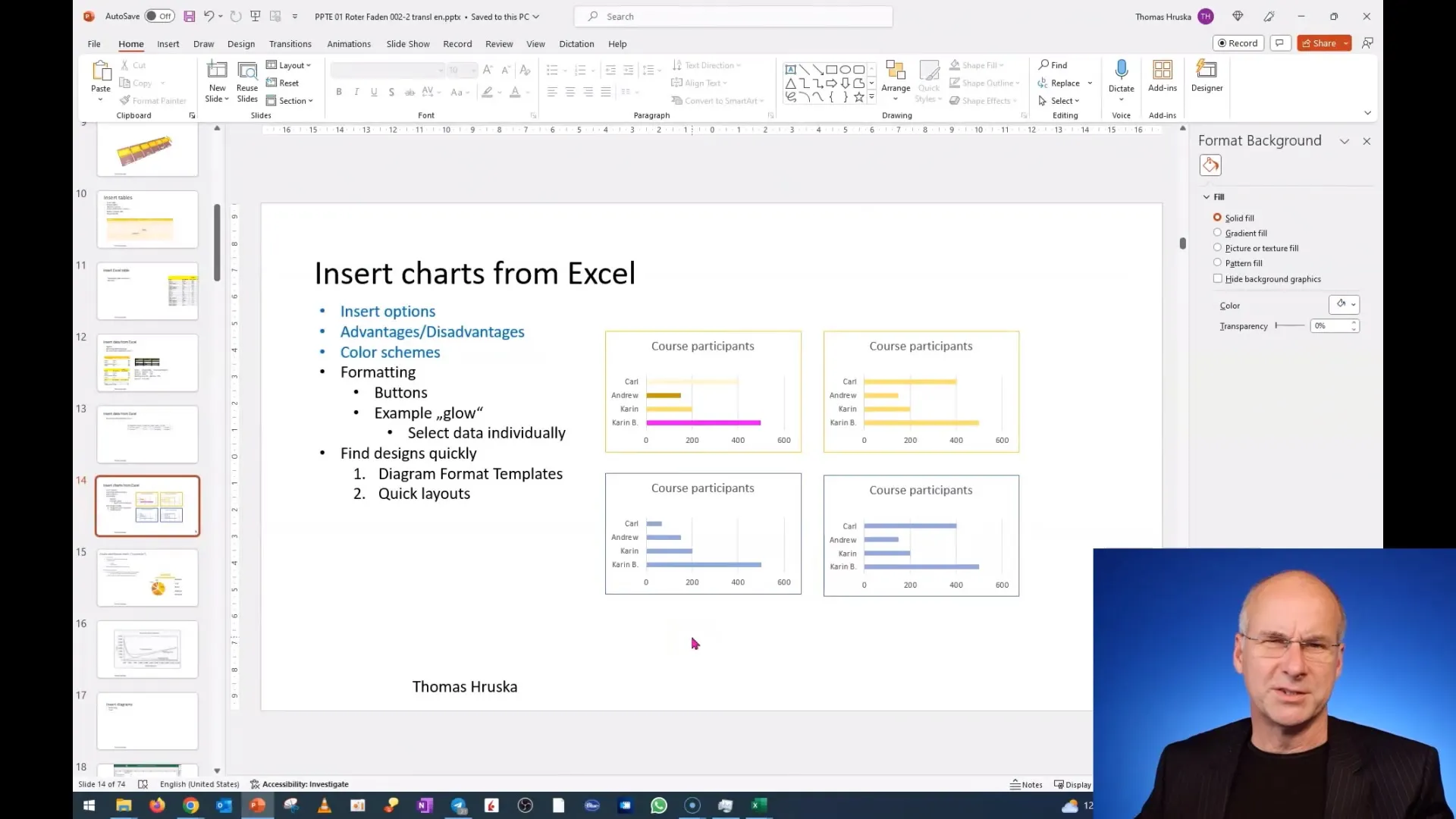
In the next step, you can select and copy the area you want to insert. Make sure no sensitive information is selected.
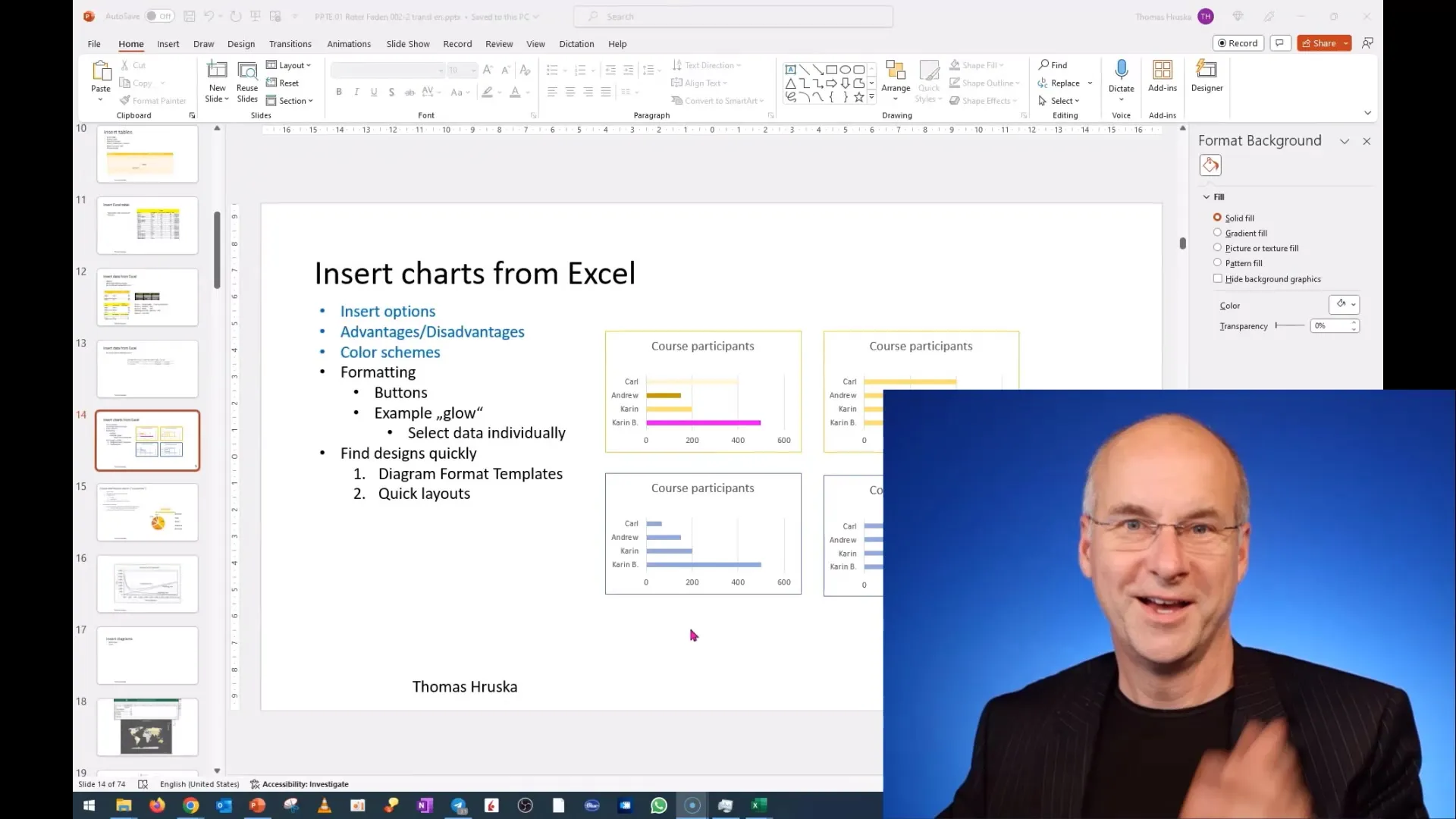
Step 2: Insert Data into PowerPoint
Open your PowerPoint presentation and select the slide where you want to insert the data. Then choose "Insert" and select the "Embed Data" option. This allows you to insert the Excel data into your presentation.
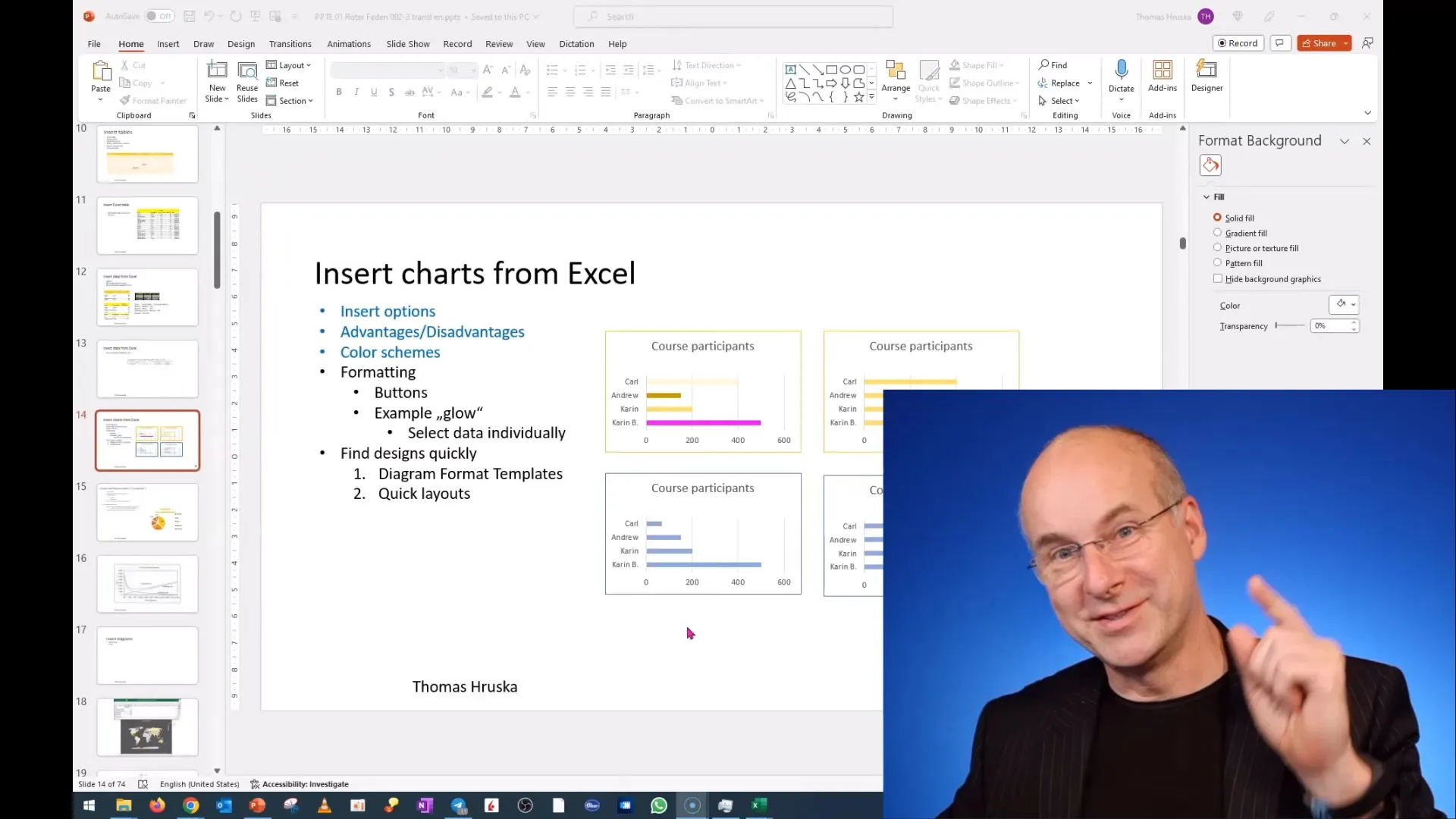
It is important to note that PowerPoint is capable of editing and displaying data from Excel. When you edit the data, it is done directly in PowerPoint without the need to open the Excel file.
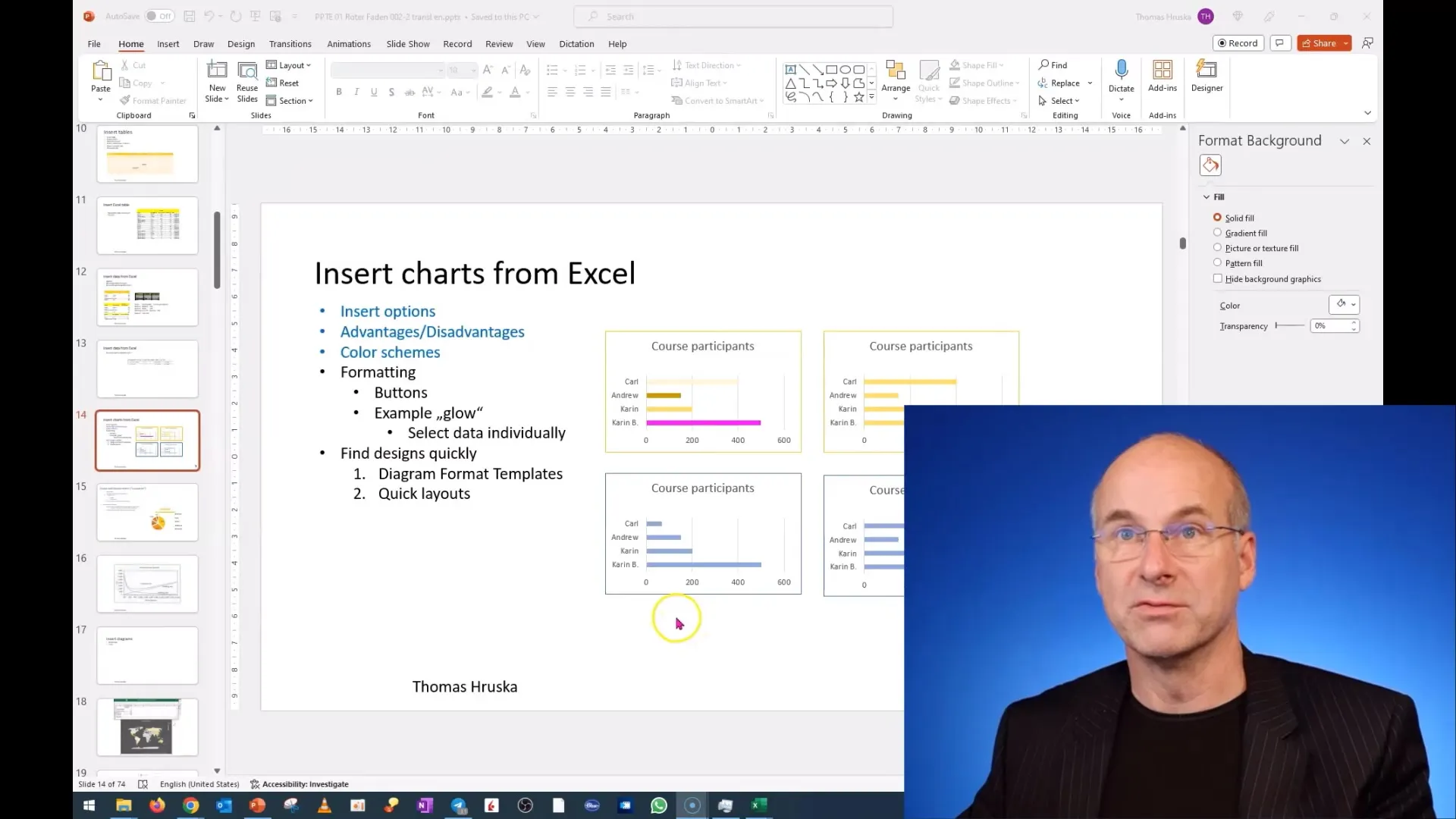
Step 3: Check Sensitive Data
Before saving or sharing your presentation, review all embedded data. Pay particular attention to whether sensitive information such as salaries or personal data of management is included.
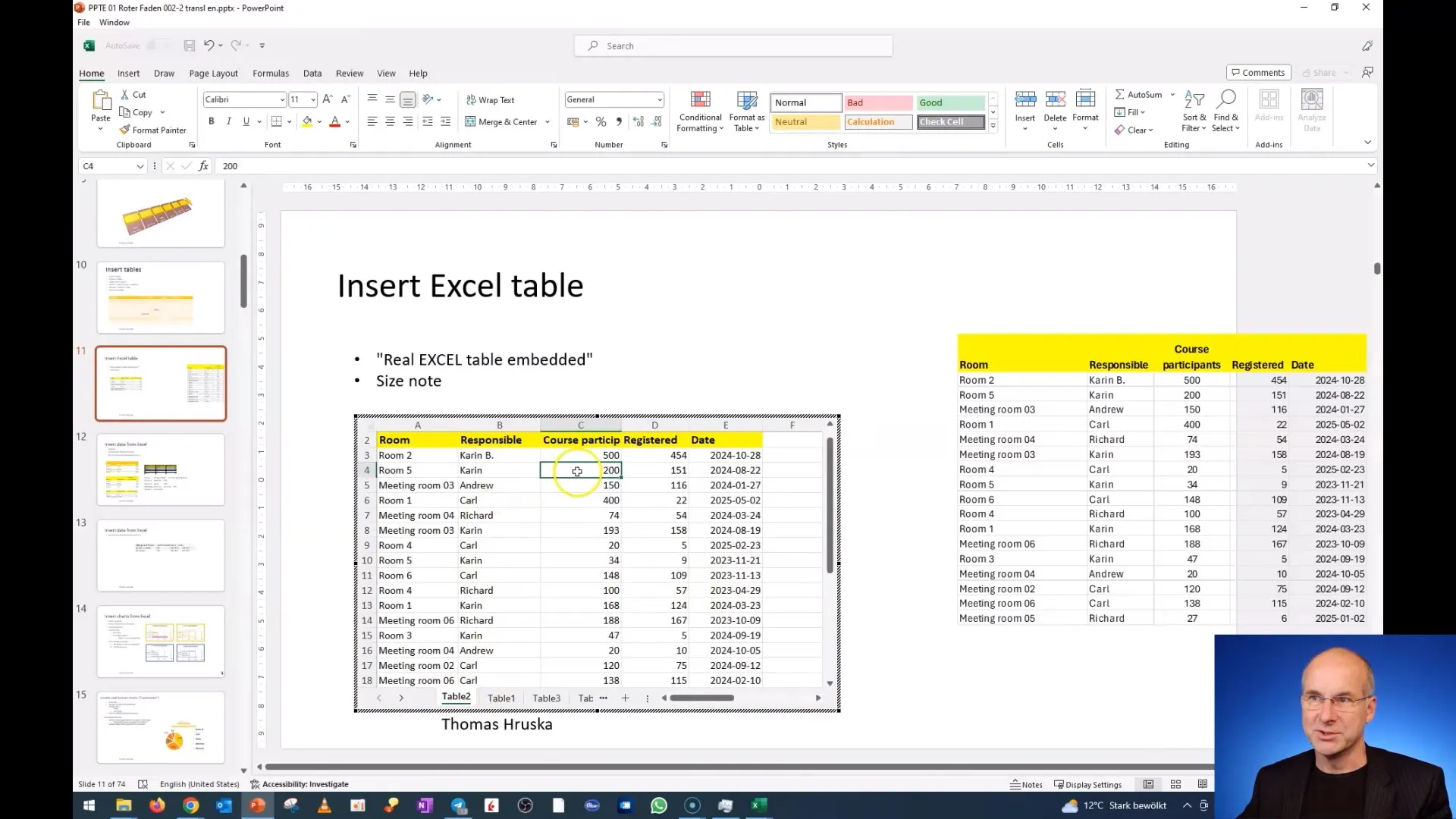
It is crucial to scrutinize all slides for potential sources of risk and ensure that no confidential data enters the presentation. In practice, this could mean considering data related to top management salaries as particularly sensitive.
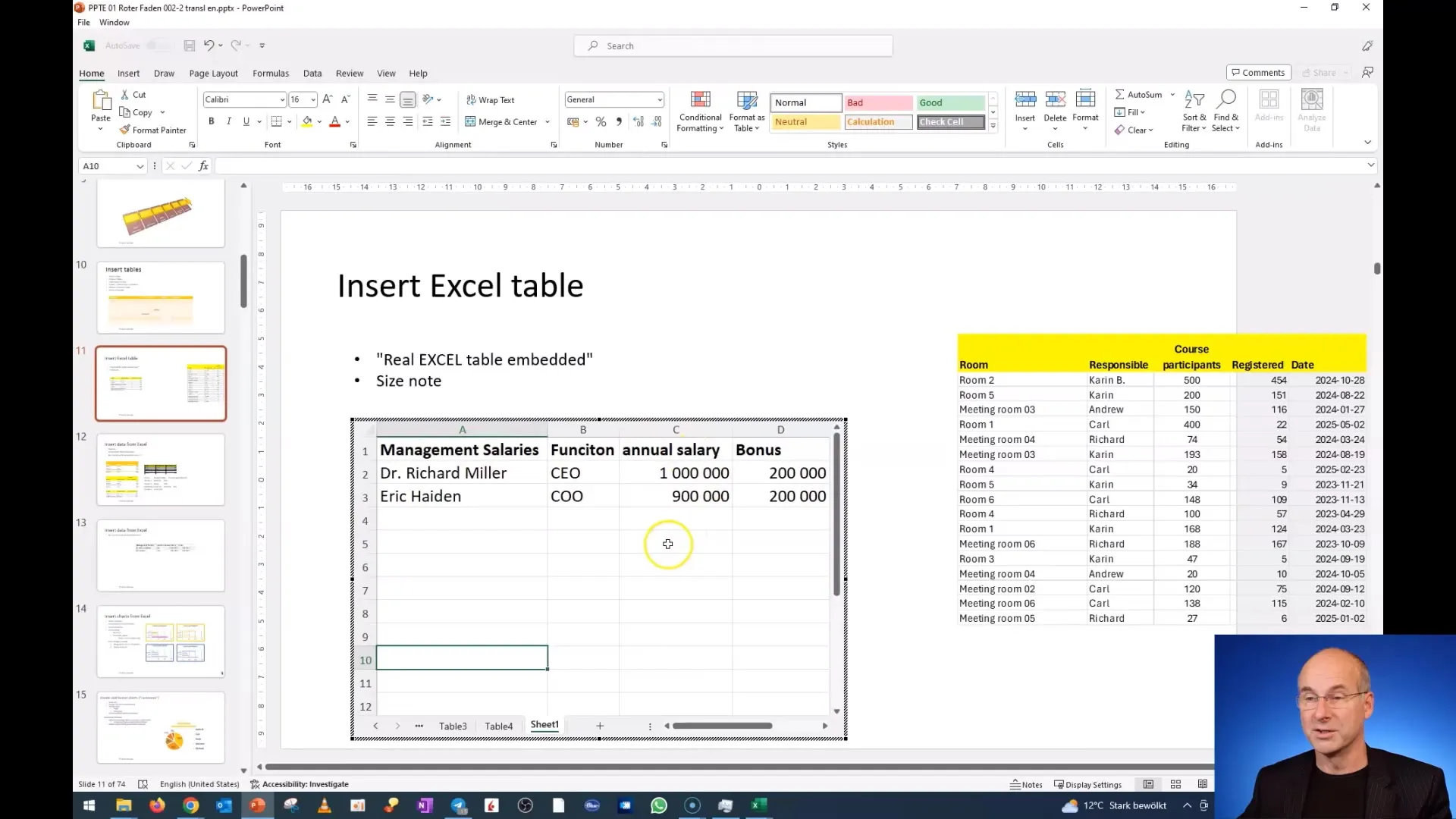
Step 4: Save and Share Presentation
After conducting all necessary checks, you can save your presentation and decide if you want to share it with others. Make sure to only distribute files that have passed security checks.
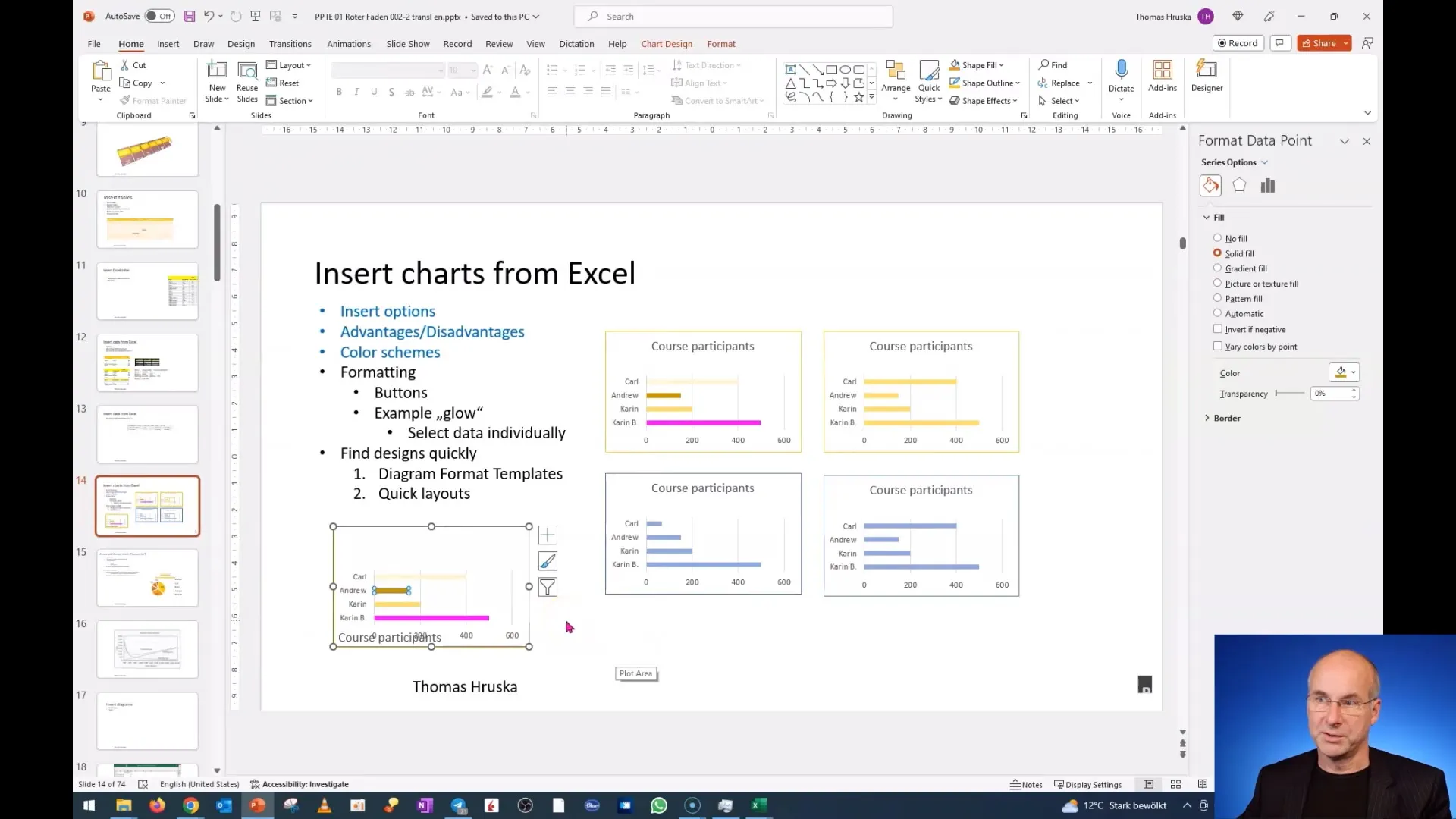
If you ever have doubts about the suitability of certain data for use in your presentation, you may consider omitting that information or keeping the topic more general to avoid any risks.
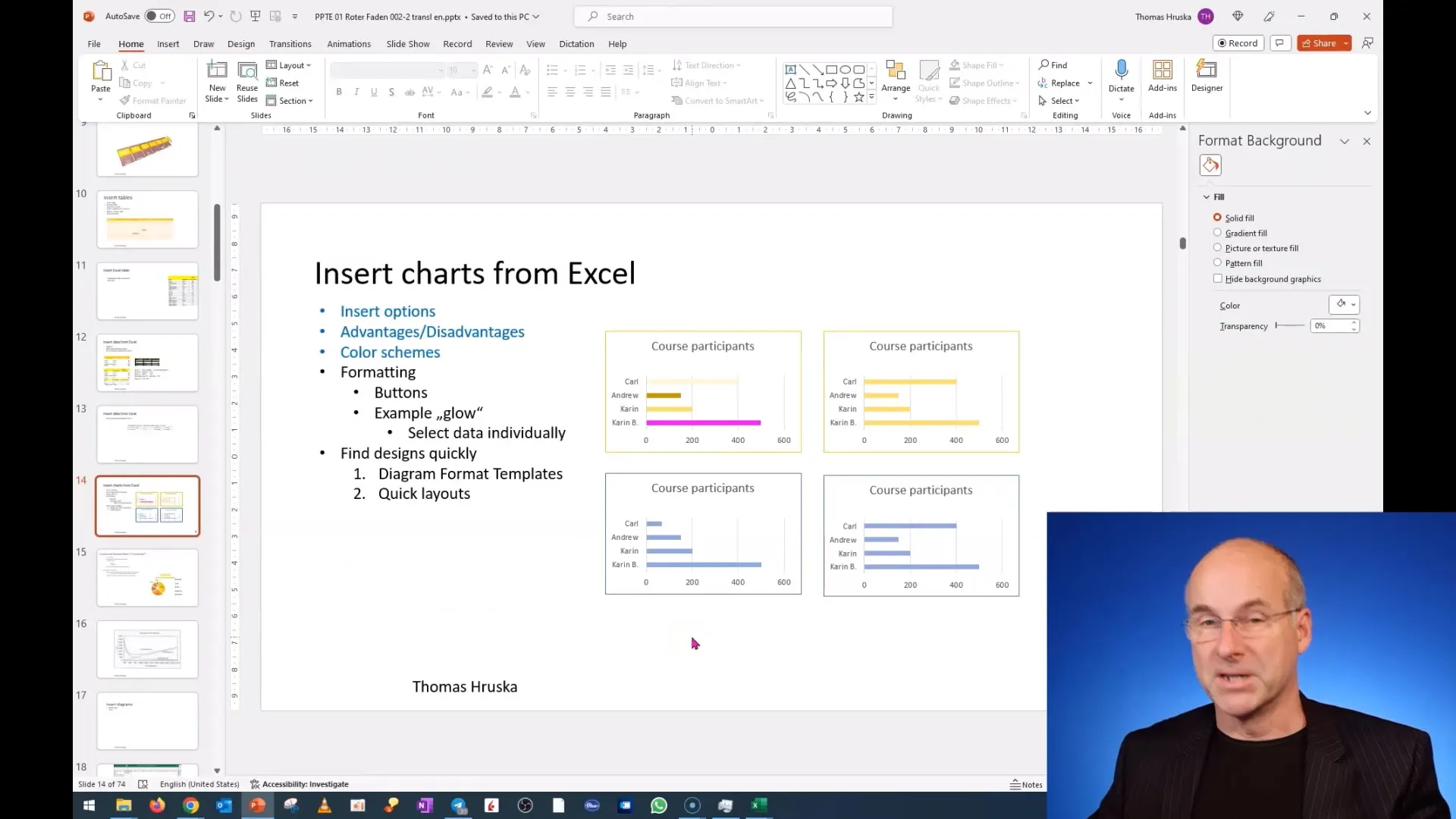
Step 5: Continuous Learning and Conscious Handling
Finally, it is advisable to stay informed about the latest developments in data protection. Familiarize yourself with the importance of data protection-compliant use to protect not only your own but also your colleagues' well-being.
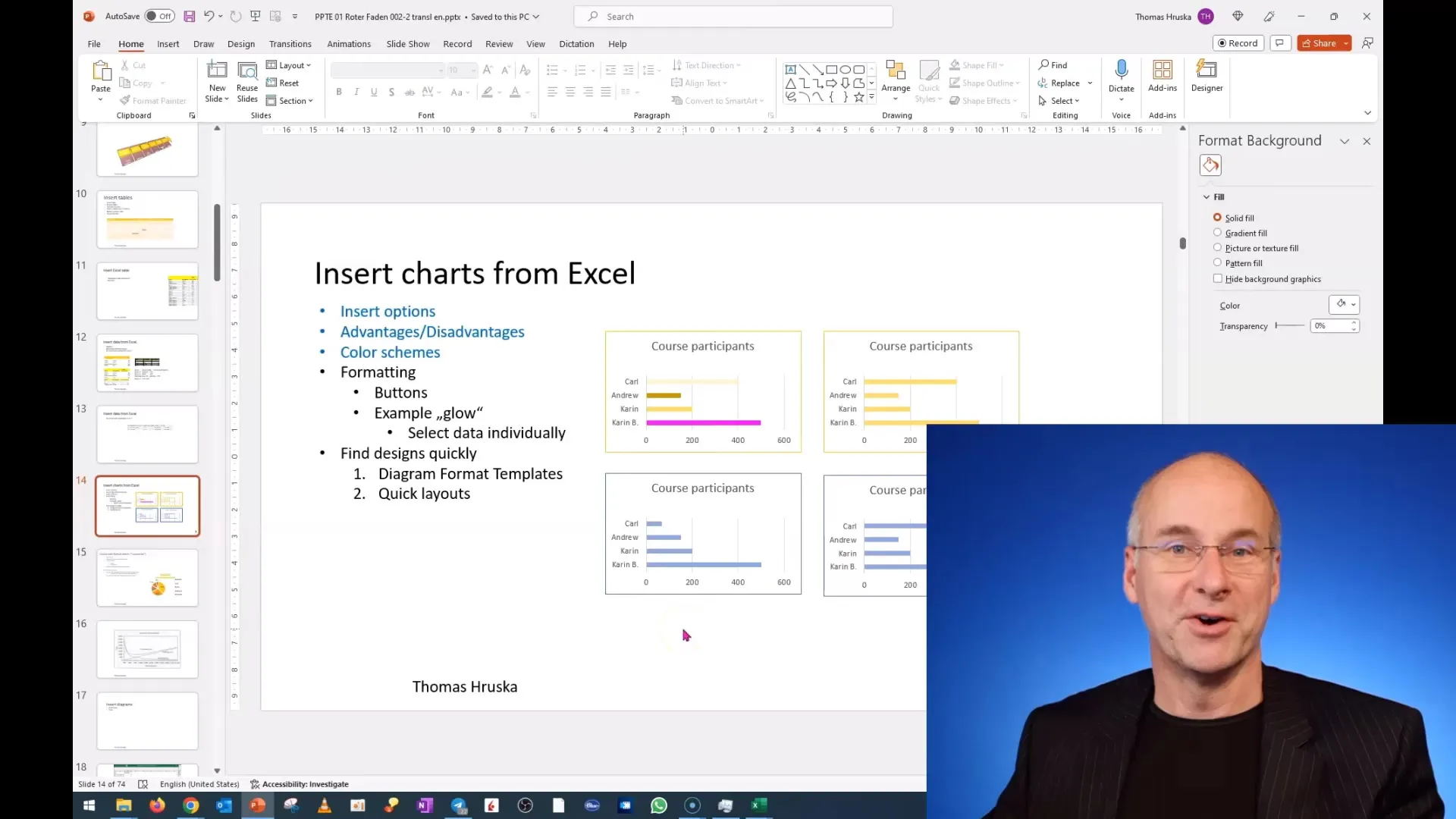
Summary
Embedding Excel data in PowerPoint can be a convenient feature, but it also carries risks. It is of the utmost importance to ensure that no confidential information enters your presentations. You should always review your data and be aware of potential pitfalls to protect yourself and others from unpleasant consequences.
Frequently Asked Questions
How can I ensure that no sensitive data is in my presentation?By carefully reviewing all embedded data before saving or sharing the presentation.
What should I do if I accidentally entered sensitive data?Immediately remove the sensitive data and save the presentation again.
How often should I check my data for security?Regularly, especially before sharing a presentation with third parties.


